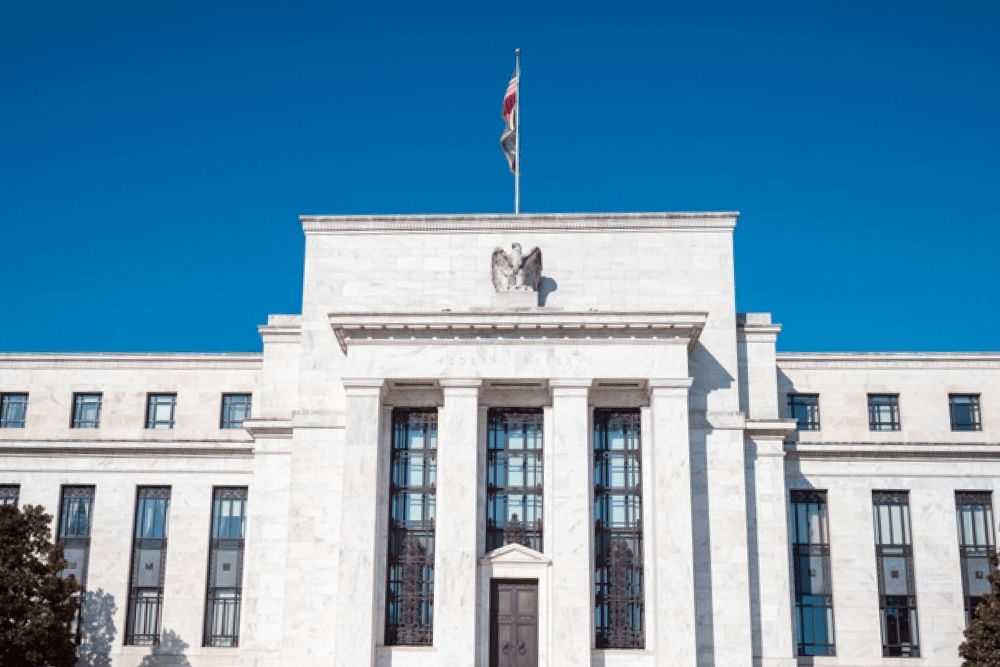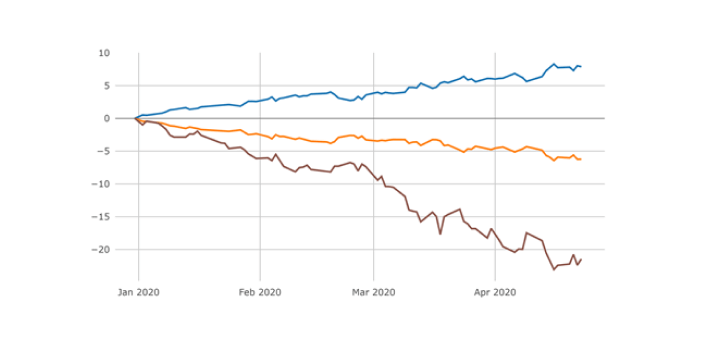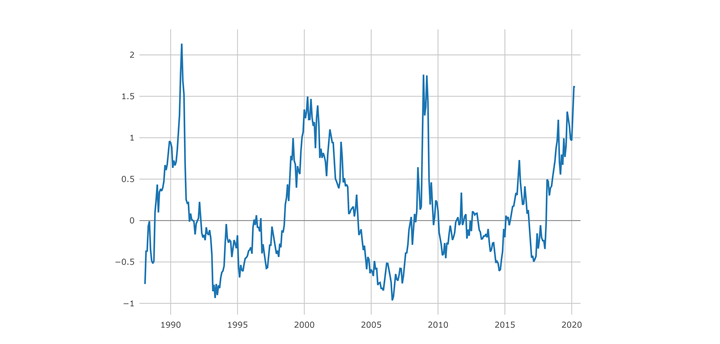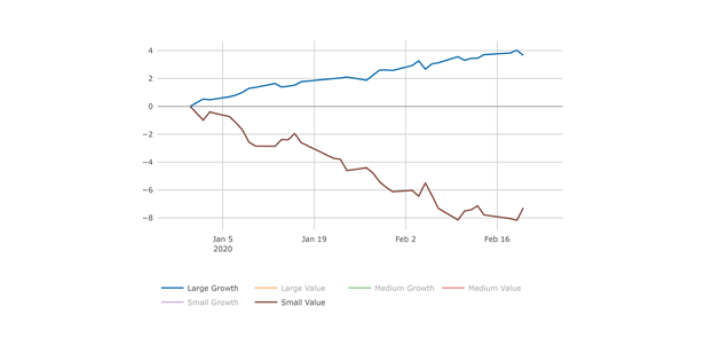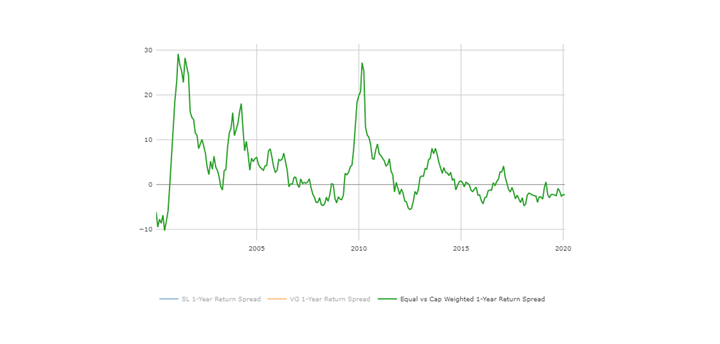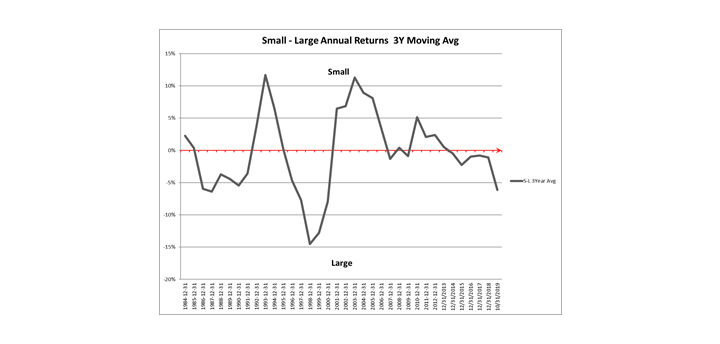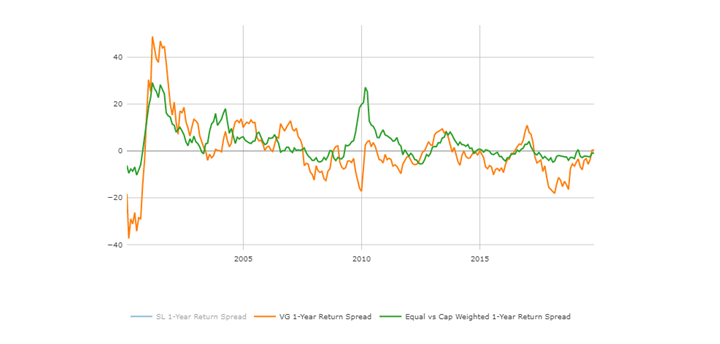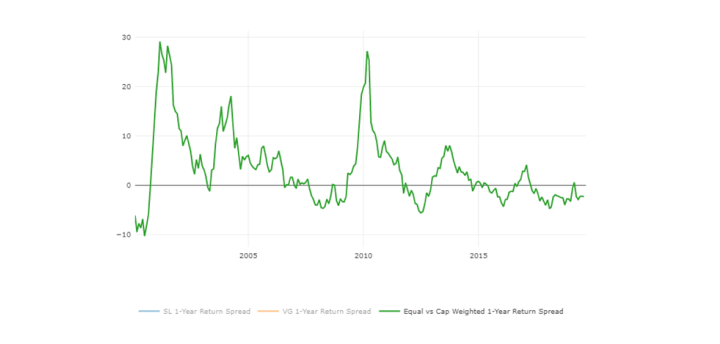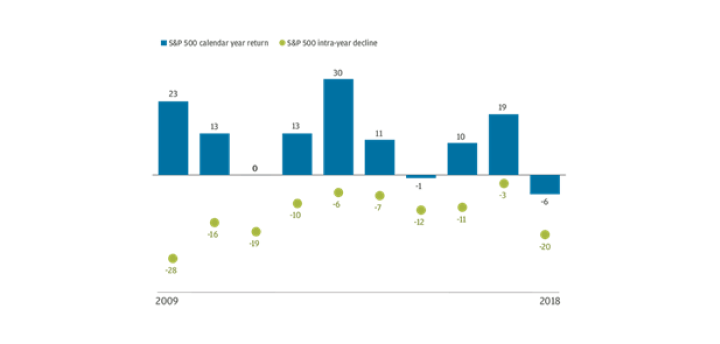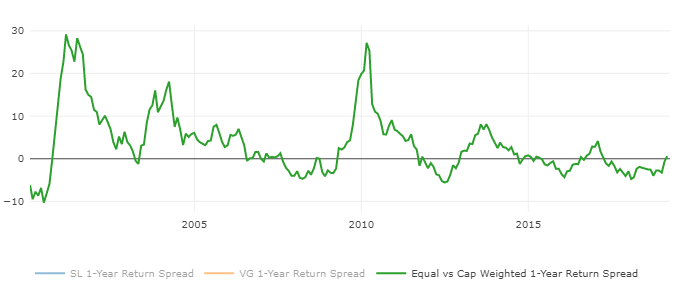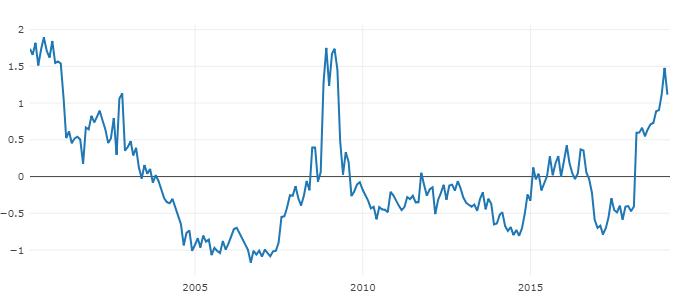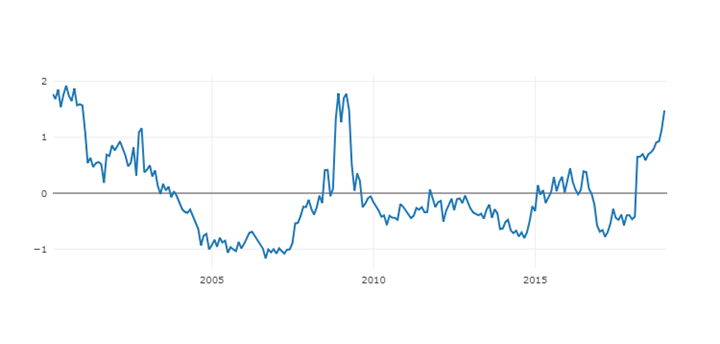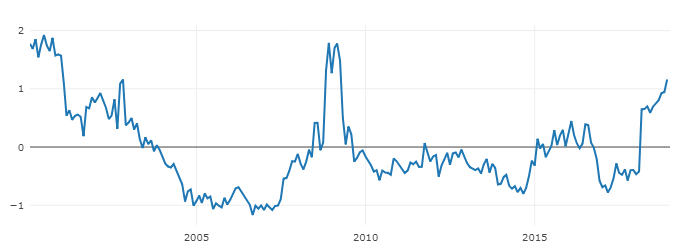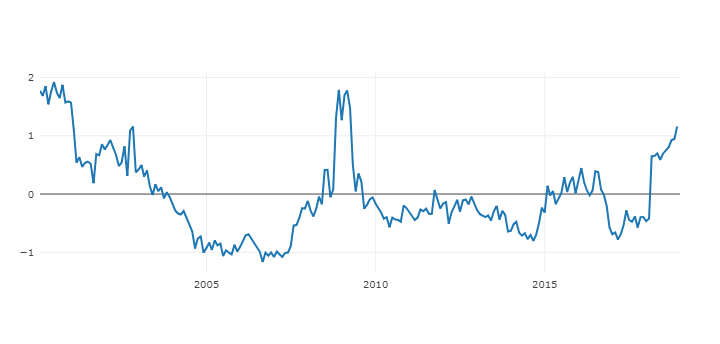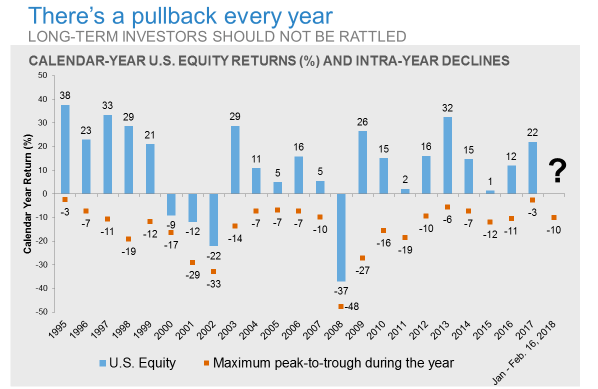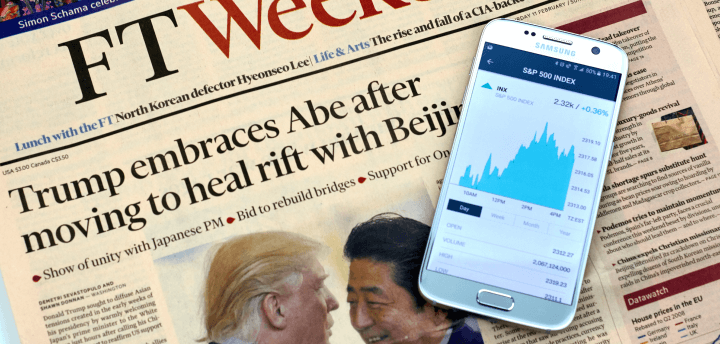
US economics, inflation, and the Fed
The Federal Reserve is widely expected to resume raising the benchmark short-term interest rate at this month’s Federal Open Market Committee (FOMC) meeting. Chairman Jerome Powell was very clear about this in his testimony before Congress last month. He noted that core prices, which exclude the food and energy components, remain stubbornly high.
Wall Street doesn’t agree with the Federal Reserve’s thinking on monetary policy. Although the Street no longer expects the central bank to cut interest rates this year, analysts are not convinced that the Fed will hike rates multiple times after the expected July increase.
Chairman Powell said the central bank will be “data dependent” in formulating monetary policy and, with overall inflation easing, the market thinks the central bank will eventually reconsider its hawkish position.
The latest economic data have been better than expected. This makes it more likely that the Fed will be successful in navigating the US economy to a soft landing, as it likely nears the end of its most restrictive monetary policy course in four decades according to Value Line. Both homebuilding activity and auto sales rebounded in May, as the consumer continues to prove resilient, aided by a tight labor market. The strength of the U.S. consumer and labor market, though, makes the Fed’s task of pushing price growth down to its target rate of 2% more difficult.
The consumer has been the backbone of the economy. This may be put to the test later this year, as COVID-19 stimulus enhanced savings accounts contract, and higher lending rates deter consumers from taking out loans, both of which are detrimental to growth.
The economic picture overseas also bears watching, as China’s economy has yet to recover from COVID-19-mandated shutdowns, and Germany, Europe’s largest economy, is in recession.
Global economy
Incoming news does not send a decisive signal on growth momentum at midyear according to J.P. Morgan. Their forecast for 2Q23 global GDP gains has been drifting lower in recent weeks because of downgrades to China and the Euro area.
However, three recent related signals are validating their view that neither the US nor the global economy is at imminent risk of falling into recession. And this shift in risk perception is having a significant effect on markets and policy guidance.
- The first signal is that the services sector remains a strong demand engine boosting employment and will likely continue to offset the drag from tighter monetary policy on goods-producing industries.
- The second is indications that the goods sector drag in the US appears to be fading as housing activity firms and an inventory correction is close to an end.
- Third, June surveys have calmed fears about a nascent shift toward business caution as expectations moved higher.
Finally, a broad easing in global financial conditions is underway, removing a threat to the expansion from last quarter’s banking sector stress.
Increased confidence that the expansion will move forward is accompanied by rising conviction that core inflation will step down. US and global (ex. China and Turkey) core CPI increased at a 5% annual rate in 1H23 and J.P. Morgan expects both to downshift by more than a full percentage point next quarter.
To some degree, disinflation will reflect a fading of last year’s negative supply shocks that is supporting growth. In addition, the lagged effects of falling commodity prices and weak manufacturing activity should be reflected in goods pricing. There is now a wide range of indications — from business surveys, producer and import prices, and this week’s European June flash CPIs — in this direction.
A turn away from weakness in manufacturing is usually followed by a bounce as firms realign desired stock building with final demand growth. While a rebound in factory output gains could happen, it is not clear that this turn is underway.
Artificial Intelligence (AI) impact on the economy
Recently, there has been a lot of buzz around AI and its potentially disruptive impact on the US economy and corporate profits. While clearly with huge potential, AI’s impact on the economy will most likely be gradual and will take years to gain full momentum. The question Professor Siegel of Wharton Business School is focused on: is the diffusion of AI technology in speed and scope faster than other technology breakthroughs?

“While ChatGPT got to 100s of million users quicker than any technology of note, everyone had access to a phone and the ability to download — so this is just a sign of the times for something with broad-based appeal. My sense — and this was echoed by Professor Rock — is that it could take quite a long time for the ultimate impact of AI technology to fully diffuse into the economy.
There have been comments that AI could reduce 40% of jobs, but Professor Rock’s research on what jobs have exposure to AI does not anticipate such a large-scale reduction in employment. Certainly, some tasks and professions in data automation and processing, such as financial services like insurance processing or security trading, have elements that will be improved considerably with AI technology.
But for the economy at large, technology is deflationary — as companies make investments to offset their largest input cost, labor. Profits could go up over the short run while firms get more output from workers with less cost — but over time competition could also force down margins. Consumers might benefit the most from some of these technological developments — with lower prices and better services that do not always fully translate to better corporate profits.
A short story. One of the only jobs that seems to have been fully automated in the post-war era is the elevator operator. But when elevator operators were first replaced with buttons, people were afraid to ride the elevator without the human operator. This might be similar to fears with self-driving cars, which we are told by Elon Musk that technology will be ready later this year. But he has said that in the past. There always seems residual issues to work out that extend the implementation timelines.”
Professor Jeremy J. Siegel
The information and opinions included in this document are for background purposes only, are not intended to be full or complete, and should not be viewed as an indication of future results. The information sources used in this letter are: WSJ.com, Jeremy Siegel, Ph.D. (Jeremysiegel.com), Goldman Sachs, J.P. Morgan, Empirical Research Partners, Value Line, BlackRock, Ned Davis Research, First Trust, Citi research, HSBC, and Nuveen.
IMPORTANT DISCLOSURE
Past performance may not be indicative of future results.
Different types of investments and investment strategies involve varying degrees of risk, and there can be no assurance that their future performance will be profitable, equal to any corresponding indicated historical performance level(s), be suitable for your portfolio or individual situation, or prove successful.
The statements made in this newsletter are, to the best of our ability and knowledge, accurate as of the date they were originally made. But due to various factors, including changing market conditions and/or applicable laws, the content may in the future no longer be reflective of current opinions or positions.
Any forward-looking statements, information, and opinions including descriptions of anticipated market changes and expectations of future activity contained in this newsletter are based upon reasonable estimates and assumptions. However, they are inherently uncertain, and actual events or results may differ materially from those reflected in the newsletter.
Nothing in this newsletter serves as the receipt of, or as a substitute for, personalized investment advice. Please remember to contact Signet Financial Management, LLC, if there are any changes in your personal or financial situation or investment objectives for the purpose of reviewing our previous recommendations and/or services. No portion of the newsletter content should be construed as legal, tax, or accounting advice.
A copy of Signet Financial Management, LLC’s current written disclosure statements discussing our advisory services, fees, investment advisory personnel, and operations are available upon request.













